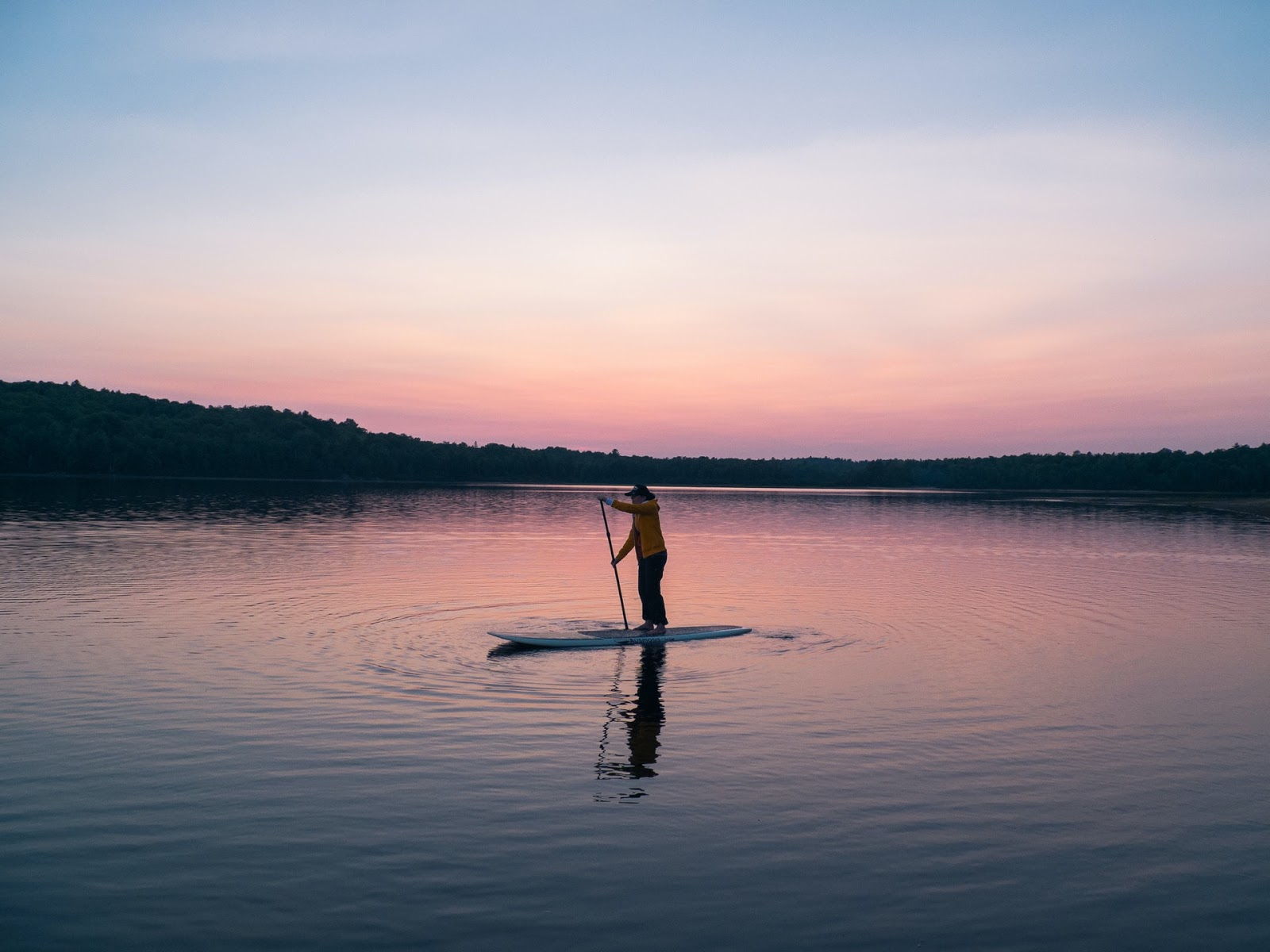Stand-Up Paddleboarding: Common Beginner Mistakes (and Some Useful Tips)
Every time we think of water sports we think of, “Go! Go! Go!” high-octane, adrenaline-filled activities that push the body or motorcrafts to the limit, but not Swimming a triathlon, speeding around on a jet ski, or shredding a wave, but it’s important to remember that plenty of life’s best times spent on the water are meant to be relaxing, not heart pounding.
A good example of a relaxing, but exercising activity to get into is stand-up paddleboarding. Stand-up paddleboards are a good mix of letting the body move and get work in, without going overboard and exerting one’s self too much. If you want to get into stand-up paddleboarding, here are some beginner mistakes to avoid.
Relying Too Much On Upper Body Muscles
A very common beginner mistake when it comes to stand-up paddleboarding (SUP) is relying too much on the arms, shoulders, and upper back to move the board, rather than using the legs. The legs, core, and lower back help stabilize and move the board just as much, so they need to be aware of not leaning forward too much. If you wanted to take a nice trip to sunny California and rent a SUP in Santa Barbara, you don’t want the trip to end up with your body being incredibly sore from the ordeal. Remember to consider that the core, legs, and back are your strongest muscles in handling a SUP.
Staring Down the Board and Not the Destination
Just like riding a bike, your eyes are going to guide you to where you want to go and help you avoid hitting anything you shouldn’t be hitting. Many beginners stare down at their board, which first of all, makes it hard to navigate because you’re not paying attention, and second of all, is unsafe. Always keep your eyes forward to the survey and help guide where you want your body to move. It seems like a silly tip, but it happens more often than you’d think.
Forgetting to Put the Paddle Deeper Into the Water
Flailing the tip of your paddle around in the water like a caught fish is also going to tire you out and make a relaxing calmness much noisier for anyone around you. You want to get more of the paddle head into the water to make sure you’re actually pushing water, and not just slapping the surface. This reduces your ability to push the board forward with the right amount of momentum and again, it’s going to be really loud and annoying if others are trying to enjoy a nice relaxing paddle on the water.
Holding the Paddle Too Close
If you’ve ever played baseball, softball, golf, or tennis, you’ll want to do the opposite of what you’ve learned when handling a stick. Keeping your hands too close together on a paddle while stand-up paddleboarding is going to rob you of stroke power. Water is incredibly dense to cut through, so think of it like canoeing. The more distance you have between your hands (not too far, mind you), will allow you create enough force to flow the paddle through that density. This creates more leverage to allow you to fully engage your body in getting momentum and will tire you out much less quickly.
Paddling Too Far Behind Your Body
You also need to make sure that when the paddle enters the water, you’re getting the full range of motion on your stroke so that you are generating the energy needed to move. This means putting the paddle head in the water ahead of your body, which is where many beginners make a mistake. They often put it in too far behind, which provides very little motion to get moving. Keep it ahead of your body, follow-through, then release past your bum.
No Sun Protection or Rations
You might only be out on the water for 30 minutes, or you might spend a whole day out there, no matter how long you’re out there, you have to be safe. Always wear sunscreen because even as little as 20 minutes can cause a burn. Similarly, stand-up paddleboarding can get tiring, even if it doesn’t look like it, so the sun and exercise combined will make you wish you brought a reusable water bottle along to stay hydrated. Consider bringing a small snack too.
Stand-up paddleboarding is an excellent mix of exercise and relaxing activity on the water, but before you step onto the board, you’ll want to go over those beginner mistakes and how to avoid them so you can look like a pro out there when summer comes.

